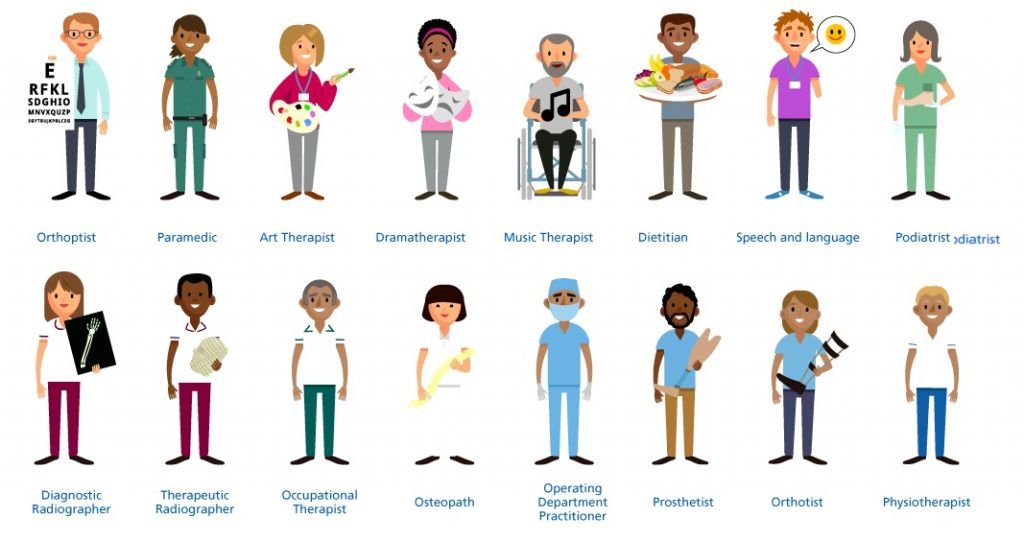How to Avoid Back Pain Whilst Wrapping Presents
Gift wrapping can be a joyful part of the holiday season, but it's not all ribbons and cheer if you're left with an aching back! Many of us don't realise that our makeshift setup on the floor or coffee table could be twisting our spines into knots.
Imagine all those hours hunched over paper and tape, your muscles straining as you reach for that elusive pair of scissors; it's no wonder your back is protesting.
Did you know that improper posture during repetitive activities like gift wrapping can lead to chronic back pain? This blog post will unwrap handy tips to keep your spine happy while you're busy spreading festive joy.
From setting up an ergonomic workspace to perfecting the art of taking breaks, we'll show you how to give your presents (and yourself) proper care without a single twinge. Get ready to wrap up gifts safely and comfortably!
Key Takeaways
- Set up your gift wrapping area at a table or counter that is waist height to prevent bending and straining your back.
- Take breaks every 30 minutes to stretch and walk around which can help relieve tension in the back muscles and promote better blood circulation.
- Wrap gifts shortly after purchasing them instead of waiting until you have many to do, as this spreads out the work and reduces time spent in one sitting position.
- Consider using gift bags for awkwardly shaped or large items to save time and avoid additional strain on your back during the wrapping process.
- Maintain correct posture by sitting up straight with shoulders relaxed, ensuring both feet are flat on the floor, evenly distributing body weight.
Reasons for Back Pain Whilst Wrapping Presents
Sitting on the floor and wrapping for extended periods can cause strain on your back. Additionally, poor posture while wrapping can lead to muscle soreness and discomfort in your wrists and elbows.
Sitting on the floor
Wrapping Christmas gifts on the floor might seem cosy, but it can lead to a sore back. The hard surface offers no support, causing you to hunch over and strain your spine as you cut, fold and tape.
Your posture suffers greatly in this position.
Create a wrapping station that keeps your body in mind. Adjust tables or desks so that they're at waist height, allowing for bending at the elbows rather than slouching. This setup will help prevent muscle soreness and protect your back by maintaining proper wrist and elbow positioning during those gift-wrapping marathons.
Wrapping for extended periods
Wrapping gifts for long periods can strain your back muscles, leading to pain and discomfort. Sitting hunched over the wrapping paper and presents places extra pressure on your spine, especially if you're not using proper posture.
This can contribute to muscle soreness and even lead to long-term back issues.
Spending prolonged time in this position tightens the muscles in your lower back, reducing blood flow and causing stiffness. To avoid this, take regular breaks while wrapping presents, stand up and stretch your back, shoulders, and legs.
Poor posture
To prevent back pain while wrapping presents, it's crucial to maintain good posture. Slouching or hunching over can strain your back muscles and lead to discomfort. Sit up straight with your shoulders relaxed and your spine aligned to reduce pressure on your lower back.
In addition, ensure that both feet are planted firmly on the ground for stability. Distributing body weight evenly will help alleviate any strain placed on the lower back. Maintaining proper posture not only supports a healthy spine but also reduces the risk of developing muscle soreness or discomfort during extended periods of present wrapping.
Tips to Avoid Back Pain While Wrapping Presents
Create a wrapping station at waist height to avoid bending and straining your back. Wrap as you buy to prevent the stress of last-minute gift wrapping marathons, take breaks and stretch regularly, and consider using gift bags as a last resort to minimise strain on your back.
Create a wrapping station at waist height
Set up a wrapping station at waist level to prevent straining your back. Use a sturdy table or countertop as your workstation, ensuring that it is at the right height for comfortable wrapping.
This simple adjustment can significantly reduce the strain on your back and make the gift-wrapping process more enjoyable.
When preparing your wrapping station, choose an area with good lighting and ample space to move around. This will further enhance your wrapping experience and help you avoid unnecessary discomfort while creating beautifully wrapped presents for your loved ones.
Wrap as you buy
When you buy a gift, wrap it soon after. Avoid leaving all the wrapping for one day.
This helps reduce the need to sit or stand for extended periods and minimises strain on your back.
Take breaks and stretch regularly
To avoid back pain while wrapping presents, it is crucial to take regular breaks and incorporate stretching into your routine. Here are some key tips to help you maintain your back health while wrapping gifts:
- Set a timer to remind yourself to take a break every 30 minutes. Stand up, walk around, and perform gentle back stretches to alleviate any tension.
- Incorporate simple stretches such as reaching for the sky, touching your toes, and twisting from side to side to release muscle tightness in your back.
- Use breaks as an opportunity to hydrate and relax your muscles. Proper hydration can keep your muscles supple and reduce the risk of discomfort.
- Consider integrating yoga poses like the cat - cow stretch or child's pose into your break routine to promote spinal flexibility and relieve any strain from sitting in one position.
- Gradually introduce short walks during breaks to increase circulation throughout your body and prevent stiffness in your back muscles.
- Experiment with breathing exercises during breaks to calm your mind and enhance oxygen flow, which can aid in reducing muscle tension in the back.
- Pair each break with a moment of mindfulness or meditation to relieve mental stress, which can manifest physically as tension in the back.
Use gift bags as a last resort
When wrapping presents becomes too strenuous on your back, consider using gift bags as a last resort. While wrapping, particularly larger or awkwardly shaped items, can strain your back and cause discomfort, opting for gift bags can help alleviate the pressure.
This alternative not only saves time but also reduces the risk of exacerbating any existing back pain.
For items that are challenging to wrap conventionally, such as bottles or large toys, choosing a decorative gift bag is an excellent solution. Additionally, when you're experiencing back pain or want to prevent it altogether, relying on gift bags can be a thoughtful option.
Conclusion
In conclusion, by creating a dedicated wrapping station at waist height, you can avoid back pain whilst wrapping presents. Remember to wrap gifts as you buy them and take regular breaks to stretch your muscles.
Utilise gift bags wisely to reduce strain on your back. With these tips, you can minimise discomfort and keep the joy in giving this holiday season.



